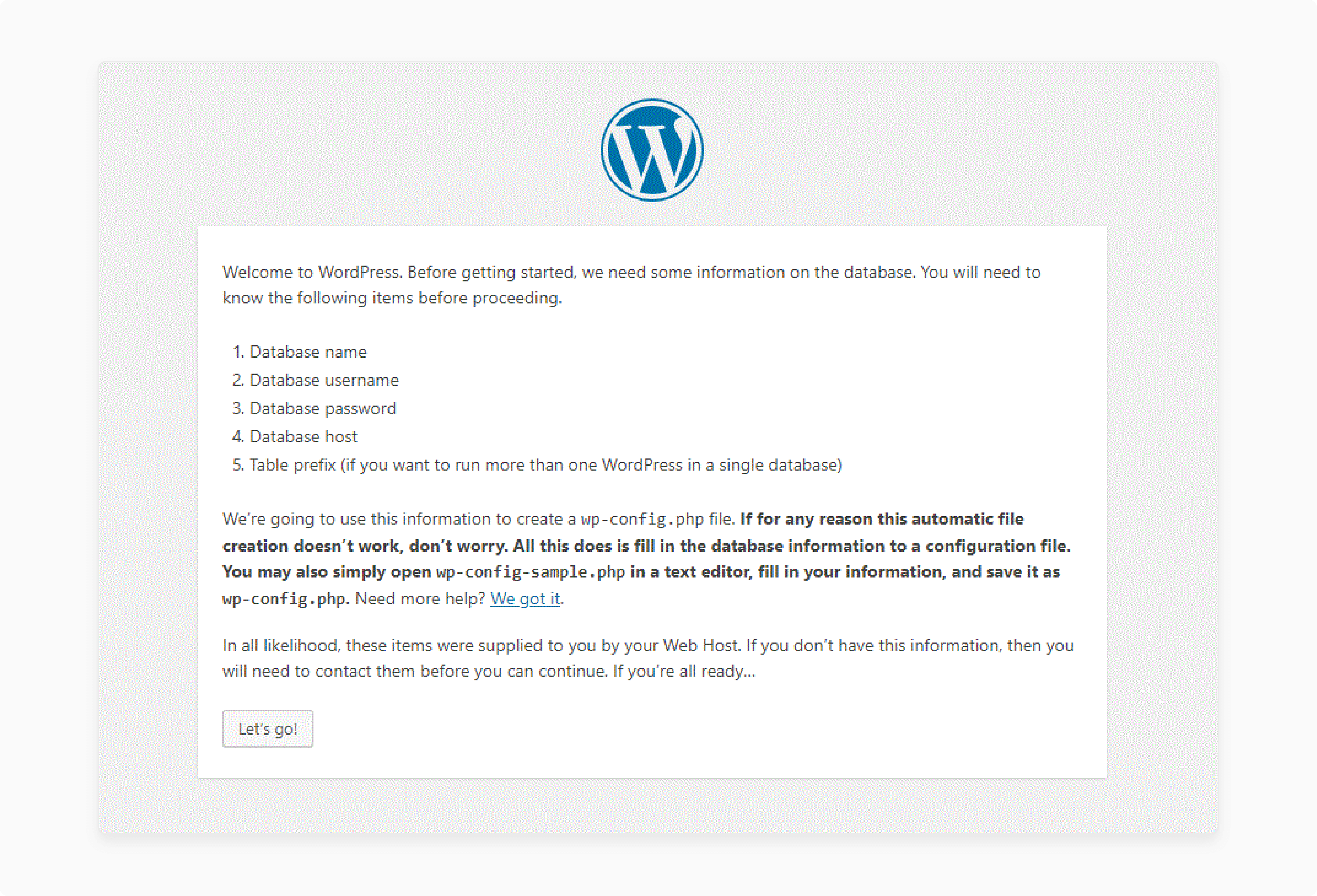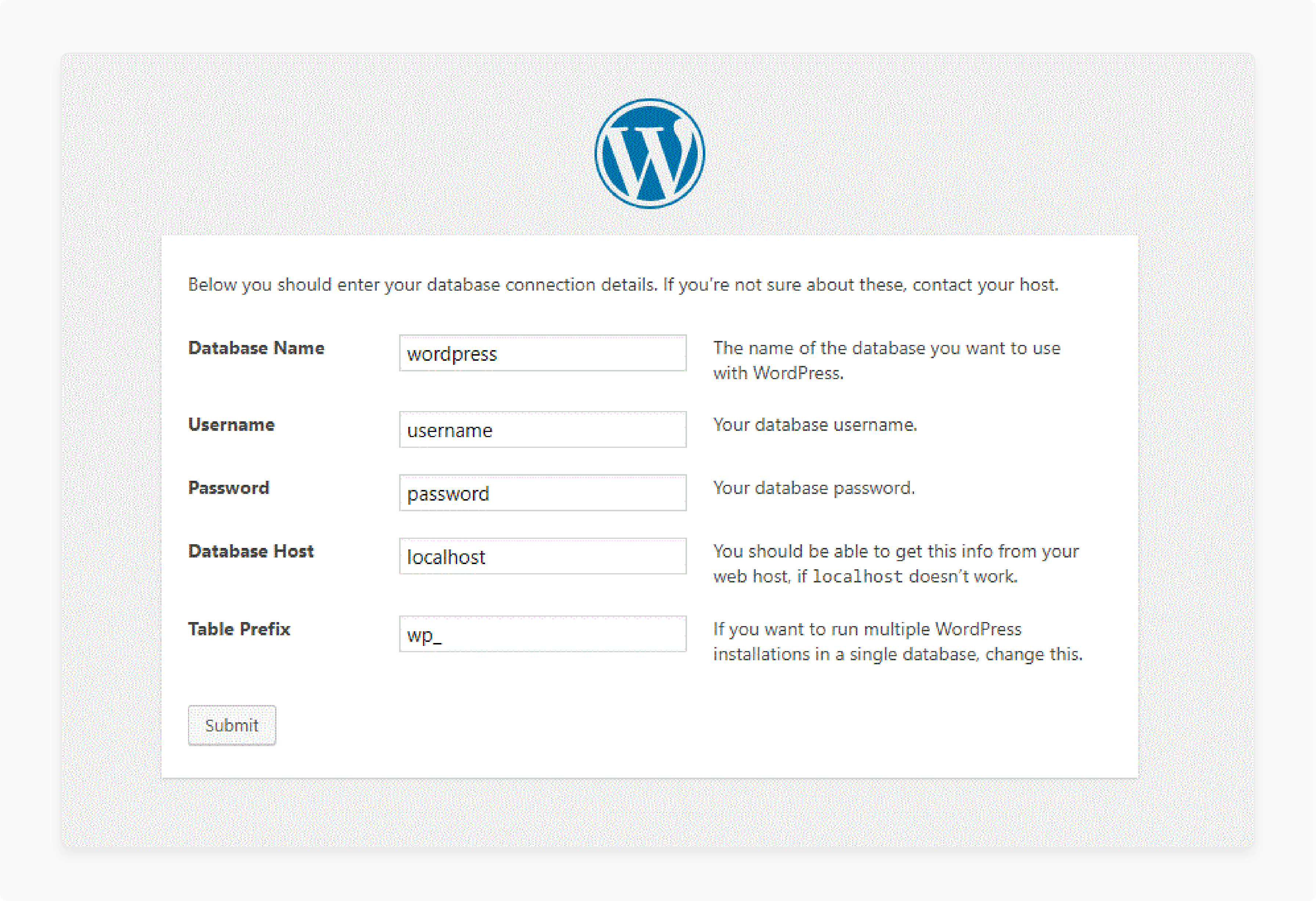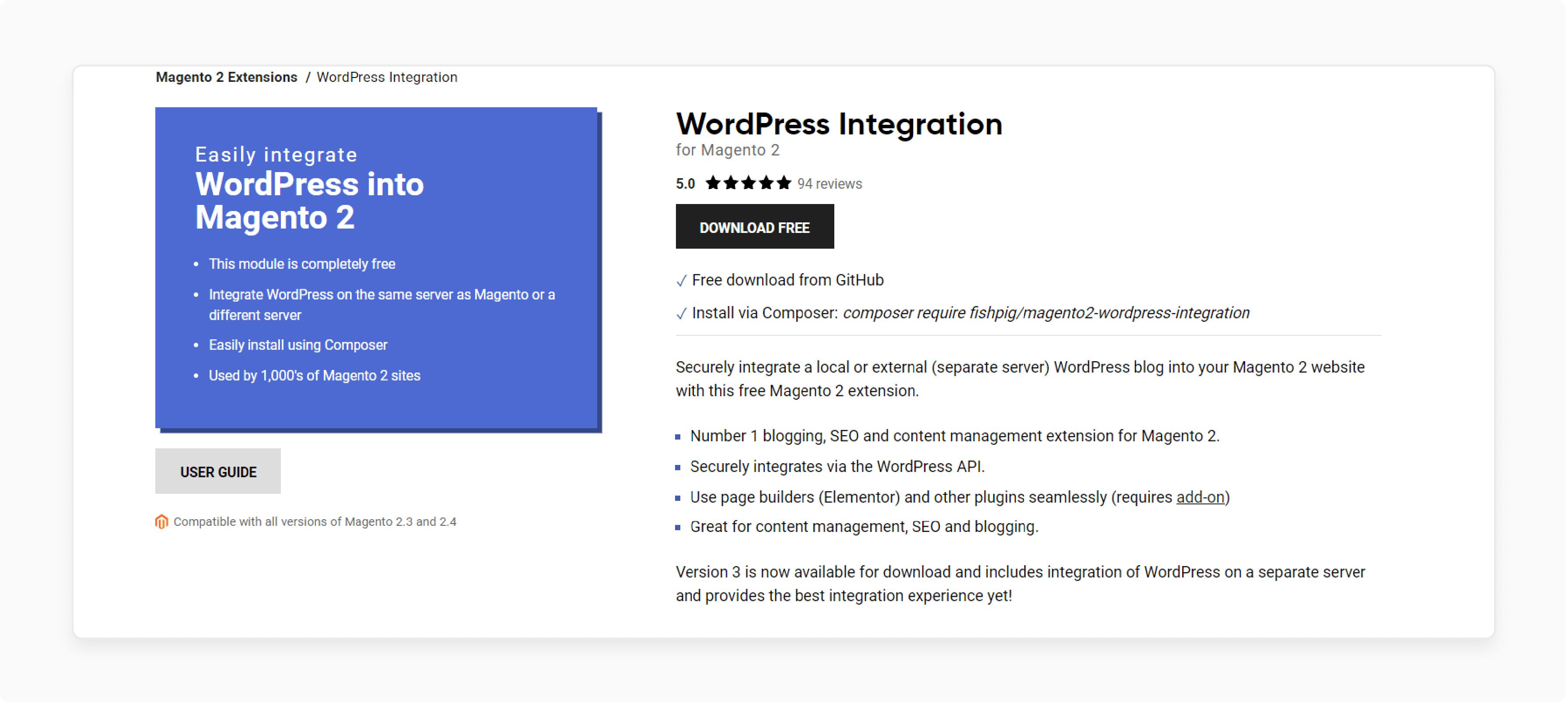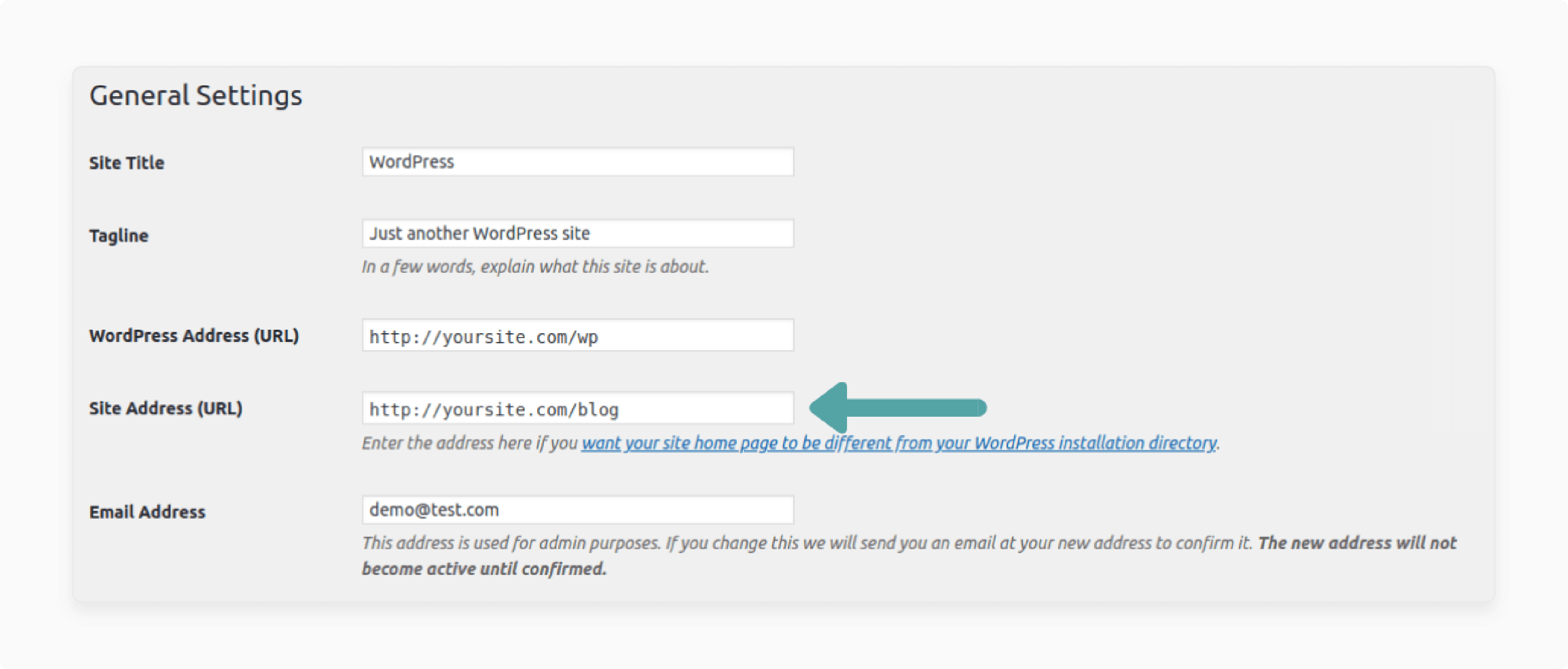
How to Configure the FishPig Magento 2 WordPress Extension
Are you looking for a fully functional blogging extension for your store? FishPig Magento 2 extension integrates WordPress and its numerous features with Magento.
In this article, we will explain how to configure the Magento extension.
Key Takeaways
- FishPig seamlessly merges WordPress blogs with Magento 2 stores.
- The extension offers robust security and SEO-friendly features.
- Step-by-step guide for setting up FishPig in Magento 2.
- Quick fixes for common FishPig integration issues.
- Practical tips to boost your integrated site's performance.
What is FishPig Magento 2 Integration?
Fishpig is a Magento 2 extensions development company. The FishPig Magento 2 WordPress integration allows users to use WordPress's blogging and content features. It enhances SEO and content management capabilities. Here are some benefits:
- Secure Integration: Provides secure one-way data access, ensuring that Magento can access WordPress.
- Plugin Support: Supports popular WordPress plugins and page builders.
- Single Sign-On (SSO): Allows users to sign in to both Magento and WordPress using the same credentials.
- Increased Organic Traffic: Boosts organic traffic to the store by integrating WordPress with Magento 2.
Key Features of the FishPig Magento 2 Module
1. WordPress Integration
- WordPress Integration is a pivotal feature of the FishPig Magento 2 extension. The integration process is designed to be seamless. It allows WordPress to function within the Magento 2 framework without disrupting the overall layout of the website.
- Users can create and manage blog posts and content and optimize SEO settings, all from within the interface. WordPress plugins and themes can be easily integrated into the Magento 2 store.
- The integration also supports WordPress shortcodes and widgets. It allows for a high degree of customization and flexibility.
2. Customization Options
- One key aspect of customization is the ability to modify the layout of WordPress content. Users can adjust the positioning of blog posts, sidebars, and widgets on Magento pages. For example, you could display recent blog posts on your Magento homepage. Or show related product widgets on blog post pages.
- The extension also allows for theme customization. Users can ensure that WordPress content matches the look and feel of their Magento store. It includes the ability to apply Magento themes to WordPress content or create custom templates for specific elements. You can make a template for displaying product reviews pulled from WordPress within your Magento pages.
- URL structure customization is another important feature. Store owners can adjust how WordPress URLs are displayed within the Magento environment. It helps maintain consistent URL structures across the integrated platforms. An example might be changing the default '/blog/' prefix for WordPress posts to match your store's naming conventions.
3. SEO Friendly Options
- The FishPig WordPress extension for Magento places a strong emphasis on SEO optimization. It effectively leverages WordPress's inherent SEO-friendly features and popular plugins.
- The extension preserves WordPress's metadata. It includes titles, descriptions, and custom URLs. These elements are crucial for search engine rankings.
- Popular WordPress plugins are also supported. It includes well-known tools like Yoast or All in One SEO Pack. The extension allows these plugins to function normally within the integrated environment.
- XML sitemaps from WordPress are integrated into Magento's sitemap. It ensures that search engines can efficiently crawl and index all content. It helps discover and rank new blog posts quickly.
4. Security
- The core of this security best practice lies in the data access structure. Magento is given the ability to access the WordPress database. However, the reverse is not valid. WordPress cannot access Magento's database. This unidirectional access creates a clear boundary between the two systems.
- This design choice offers several security benefits. It minimizes the potential attack surface of the integrated system. If a vulnerability were to be exploited in WordPress, it wouldn't provide direct access to sensitive Magento data.
- The one-way access also simplifies permission management. Magento, as the primary e-commerce platform, maintains control over data flow. This centralized control makes it easier to monitor and manage data access.
Steps to Configure the FishPig Extension For Magento 2
- Download WordPress from the official website.

- Paste the zip files in the Magento root directory.

- Provide the database details in WordPress.

- Download and install the FishPig WordPress extension using Composer.
- Log in to the Magento admin panel.
- Head to Stores > Configuration > FishPig > WordPress.

- Enable the extension and select the path.

- Go to the General Settings in WordPress.
- Enter the Magento site title and the URL address of the Magento 2 website.
Common Issues with FishPig Magento 2 Integration
| Common Issues | Troubleshooting Steps |
|---|---|
| Integration not showing in Magento admin | - Ensure that the FishPig WordPress extension is enabled in Advanced settings. - Run necessary commands after extracting the extension: php bin/magento setup:upgrade and php bin/magento cache:clean |
| URL conflicts | - Verify that the blog URL is correctly configured and doesn’t conflict with other URLs. - Ensure that the WordPress installation path in Magento Admin is correctly set |
| Theme compatibility problems | - Check for theme conflicts between the FishPig and your existing Magento theme. - Ensure that the wptheme folder is correctly moved and renamed to FishPig |
| Security issues during installation | - Confirm that file permissions allow access during installation. - Double-check database details entered during the WordPress installation |
| Performance issues | - Clear Magento and browser full page cache regularly. - Consider optimizing your site by enabling caching and using a content delivery network (CDN). |
| The menu is not displaying correctly | - Inspect Menu.php for proper integration. - Ensure that WordPress settings direct to the correct path |
| The blog is not redirecting properly | - Ensure WordPress settings are directed to the correct path. - Check for broken links or incorrect settings in the permalink structure |
| 404 Errors on Blog Posts | - Verify that the WordPress installation path in Magento Admin is correctly configured. - Check for broken links or incorrect settings in the permalink structure |
| Database connection errors | - Double-check database details entered during the WordPress installation. - Validate database credentials and server configurations |
| Cache not clearing | - Manually clear the Magento cache if automatic processes fail. - Use php bin/magento cache:clean and php bin/magento cache:flush commands |
Tips to Optimize the Performance of the FishPig Module for Magento
1. Server Configuration
- Proper server setup can significantly improve site speed and user experience. Two aspects of server configuration are upgrading server software and implementing HTTP/2.
- Upgrading server software is essential for performance. It primarily involves keeping PHP and MySQL up to date. Newer versions of PHP often come with performance optimizations. They can execute code faster and more efficiently. For example, upgrading from PHP 7.2 to PHP 7.4 or 8.0 can result in noticeable speed gains.
- Switching to HTTP/2 is another powerful optimization technique. HTTP/2 is a major revision of the HTTP network protocol. It's designed to improve the speed and efficiency of web communication. HTTP/2 introduces several improvements over its predecessor, HTTP/1.1.
2. Plugin Management
- Limiting plugins is essential for optimal performance. Each plugin you install adds code to your WordPress installation. This additional code can impact load times and server resource usage. It's essential to be selective about which plugins you use.
- Not all WordPress plugins work seamlessly with the FishPig extension. Incompatible plugins can cause conflicts. These conflicts may lead to functionality issues or even site crashes. Always check if a plugin is compatible with FishPig before installation.
- Yoast SEO is a particularly valuable plugin for integrated Magento-WordPress setups. It's widely recognized as one of the best SEO tools for WordPress. Yoast SEO offers comprehensive optimization features.
3. Theme Management
- Implementing a unified theme on the frontend involves careful planning. You need to ensure that your Magento theme can accommodate WordPress elements. It may require creating custom templates for blog posts, archives, and other WordPress-specific pages. The goal is to make WordPress content feel native to your Magento store.
- Color schemes, typography, and layout should be consistent across both platforms. This consistency reinforces your brand identity. It also improves user experience by providing familiar visual cues throughout the site.
- A bloated theme can significantly slow down your site. Start by removing unnecessary code from your theme files for page speed. It includes unused CSS, JavaScript, and PHP functions. Every line of code you remove can contribute to faster load times.
FAQs
1. How does the FishPig extension integrate WordPress and Magento 2?
The FishPig extension seamlessly integrates WordPress blogs into Magento 2 stores. It allows users to leverage WordPress's content management capabilities within their ecommerce site. It provides a unified theme, preserves SEO settings, and supports WordPress plugins. It enhances the overall functionality of your Magento store.
2. Can I use the FishPig WordPress integration module with external WordPress installations?
Yes, the FishPig module supports both local and external integration modes. You can integrate WordPress and install it on a separate server with your Magento 2 store. It provides flexibility in your setup while maintaining the benefits of the integration.
3. How does the FishPig extension impact Magento 2 full-page cache and performance?
The FishPig extension is designed to work efficiently with Magento 2's full-page cache extension. It minimizes the impact on site speed and implements caching mechanisms. However, it's essential to manage plugins and optimize your theme to prevent any potential slowdown.
4. Are there any free Magento 2 add-ons available for the FishPig WordPress integration?
The core FishPig WordPress integration module comes with essential features. There are additional add-ons available, some of which may be free. These can extend functionality, such as widgets or SEO enhancements. Always check the FishPig repository for the latest free or paid add-ons.
5. How can I optimize my integrated Magento and WordPress sites for better SEO and Core Web Vitals?
To optimize your integrated site, use a WordPress SEO plugin like Yoast SEO. It is compatible with FishPig. Ensure your theme is optimized for both platforms. Minimize the use of plugins and leverage Magento 2's built-in SEO features. Pay attention to post types, load times, and mobile responsiveness. It is to improve your Core Web Vitals scores and overall PageSpeed.
Summary
The FishPig Magento 2 extension to integrate WordPress is packed with features to provide the best user experience for customers. In this tutorial, we explained how to use the extension to integrate WordPress into Magento 2. Here is a quick recap:
- FishPig integrates WordPress with Magento 2 for enhanced content management.
- Key features include secure integration, customization options, and SEO optimization.
- Configuration involves installing WordPress and FishPig extensions in Magento 2.
- Common issues include URL conflicts, theme compatibility, and performance problems.
- Optimization tips focus on server configuration, plugin management, and theme.
Explore managed Magento hosting options with FishPig extensions to run large-scale ecommerce stores efficiently.







